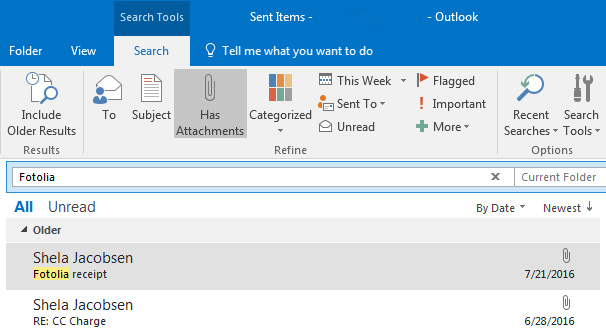
So, the OST file can be moved to other system only after its conversion to PST file format.

Also, the OST movement is to the same system location only. The data is not guaranteed security and it does not help when Exchange is under maintenance or got crashed. It needs technical expertise to perform the process smoothly. Review: The method works for latest Outlook versions – 2010 and above only. You can delete old OST file from the previous location.


Now, click on Outlook Data File Settings option and click on Disable Offline Use option.Now, move to the Advanced tab, deselect Use Cached Exchange Mode and click on OK.Select the Exchange account and click on Settings option.Navigate File > Account Settings > Account Settings > Data Files. Let us understand the process more clearly using the given steps. C:\Documents and Settings\Local Settings\Application Data\Microsoft\OutlookĬreating new OST file by disabling and re-enabling cached mode at a different location would cause data migration automatically as with the Exchange Server configuration, all data would move to this newly created OST file.


 0 kommentar(er)
0 kommentar(er)
